WDSM: Queen of the Towers
Collected here are 1950s-era advertisements for WDSM-TV, the forerunner to KBJR-TV. The ads appeared in Broadcasting and Sponsor magazines and can be found in the Media History Digital Library.
WDSM-TV began broadcasting on March 1, 1954, as a CBS affiliate and the first VHF station in the Duluth. KDAL-TV signed on a few days later as an NBC affiliate. The stations switched network affiliations in 1955. Color broadcasts on WDSM started in November 1965.
WDSM was owned by Ridder Newspapers, which owned the Duluth Herald and Duluth News Tribune, along with the WDSM 710 AM radio station.
From Wikipedia:
Ridder merged with Knight Newspapers in 1974 to form Knight Ridder. However, the merged company was not allowed to keep the WDSM stations. It was grandfathered under Federal Communications Commission rules forbidding common ownership of newspapers and broadcasting outlets. The FCC considered the Knight-Ridder merger to be an ownership change, and as a result, the WDSM stations lost their grandfathered protection. The television station was spun off to RJR Communications, a locally based group, in the fall of that year. On December 6, the call letters were changed to the current KBJR-TV. Channel 6 is one of the few stations in the country whose call sign begins with “K” despite being licensed to a city east of the Mississippi River. However, its studios have long been located in Duluth.
Recommended Links:
Leave a Comment
Only registered members can post a comment , Login / Register Here


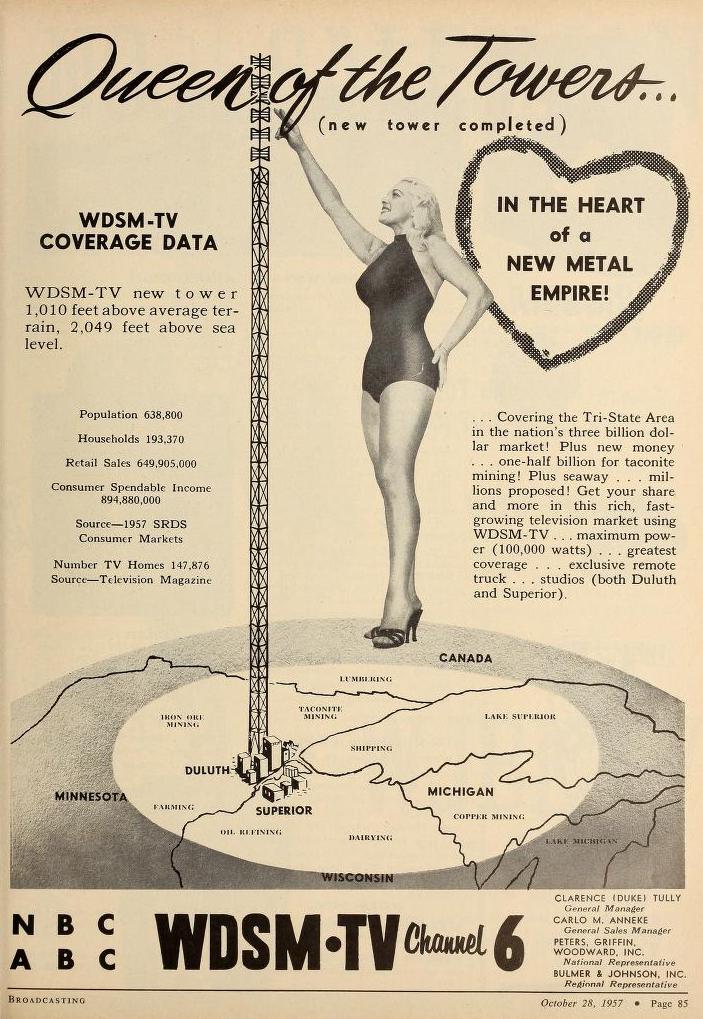
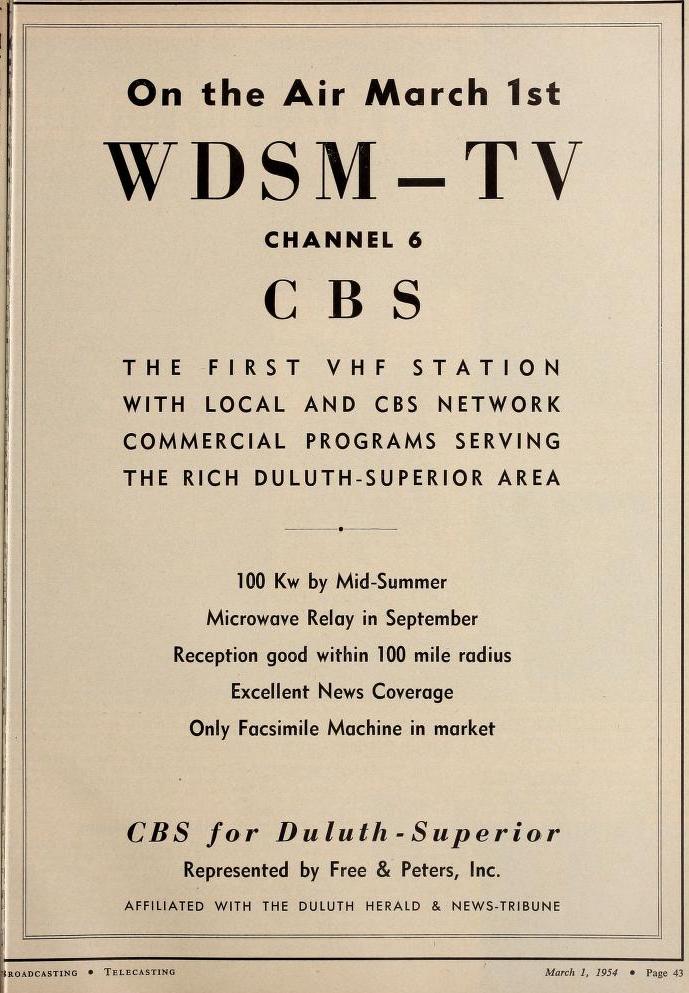
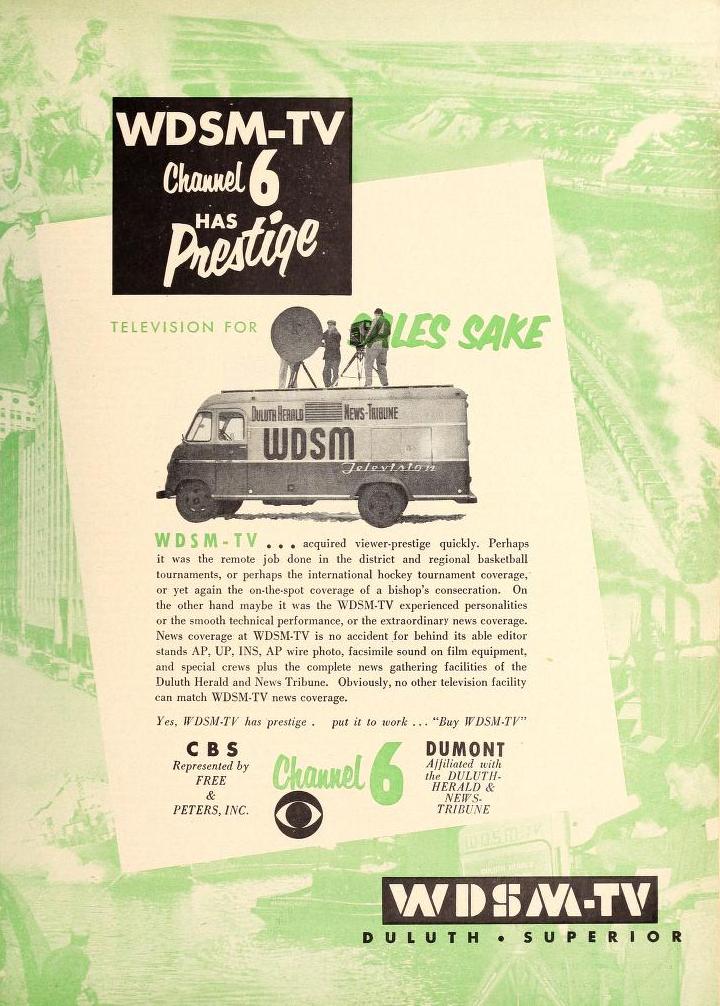
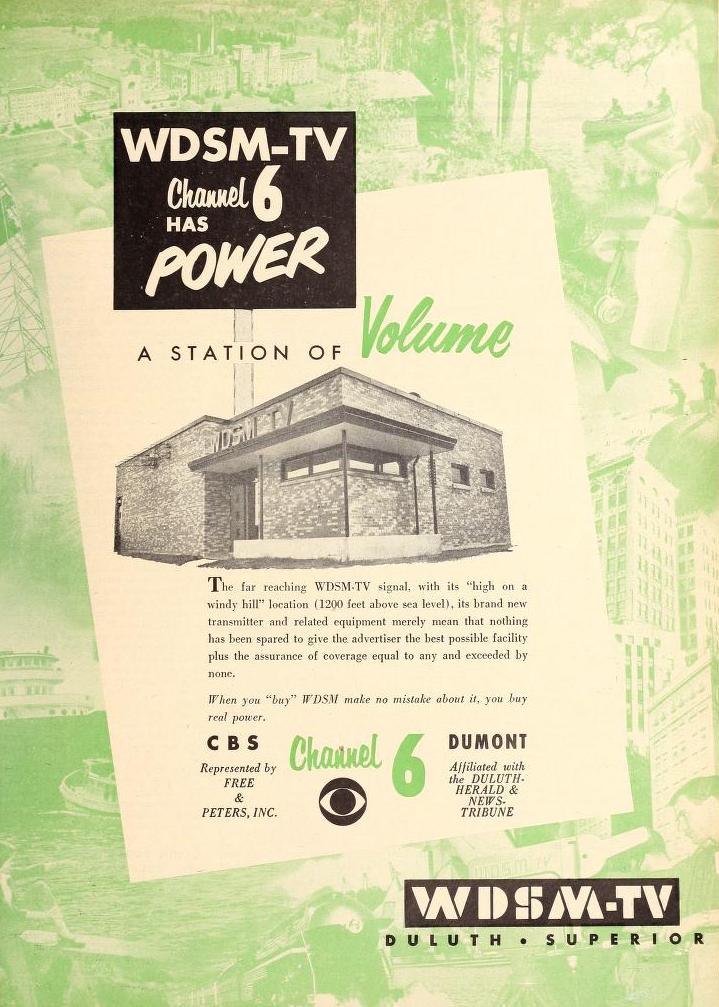
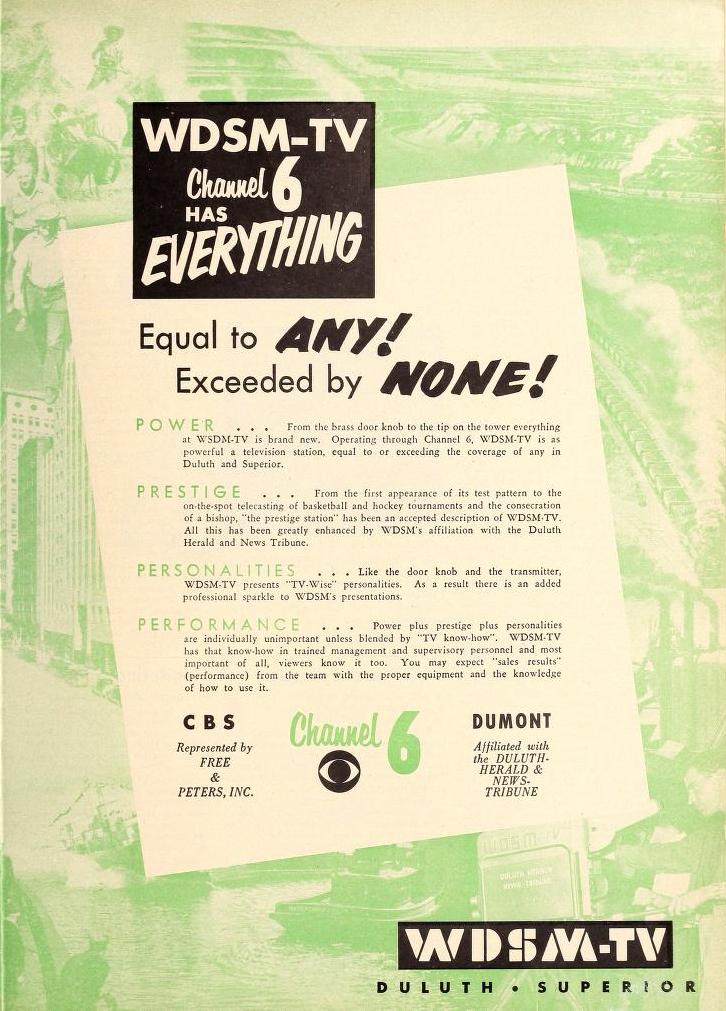
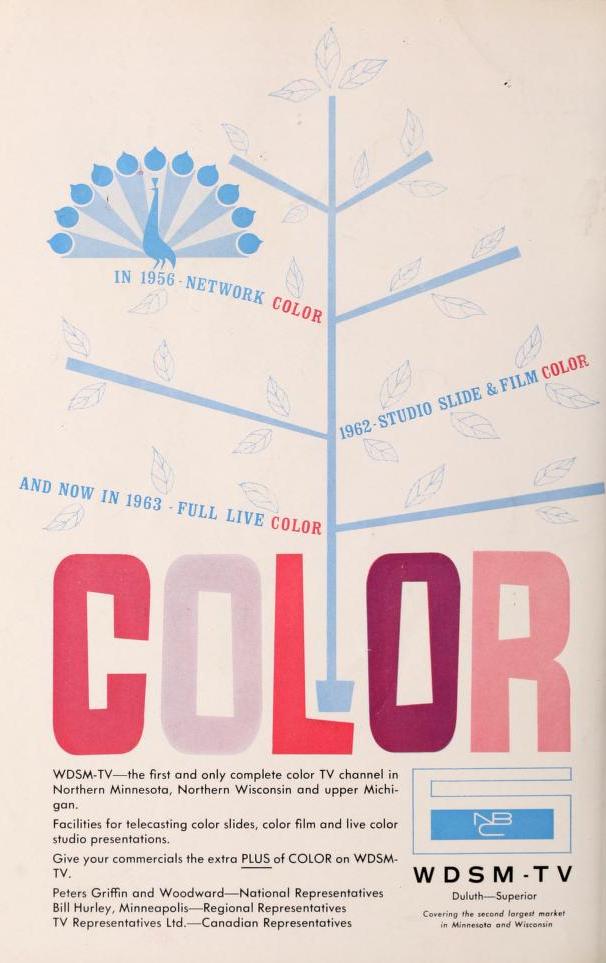


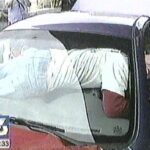










2 Comments
Matthew James
about 2 years agoMatthew James
about 2 years ago